毎日新聞에 소개되었습니다. (Dec 21, 2016)
宇宙空間を散歩…光で表現
光で、天の川や惑星など宇宙空間が表現されている。「クリスタルユニバース」は名古屋市中区の市科学館で開かれている特別展の作品の一つだ。(本文抜粋)
Dance! Art Museum
Learn & Play! Future Parks
전시회장 정보
기간
관람 시간
휴관일
관람료
오시는 길
주소
주최자
협찬
후원
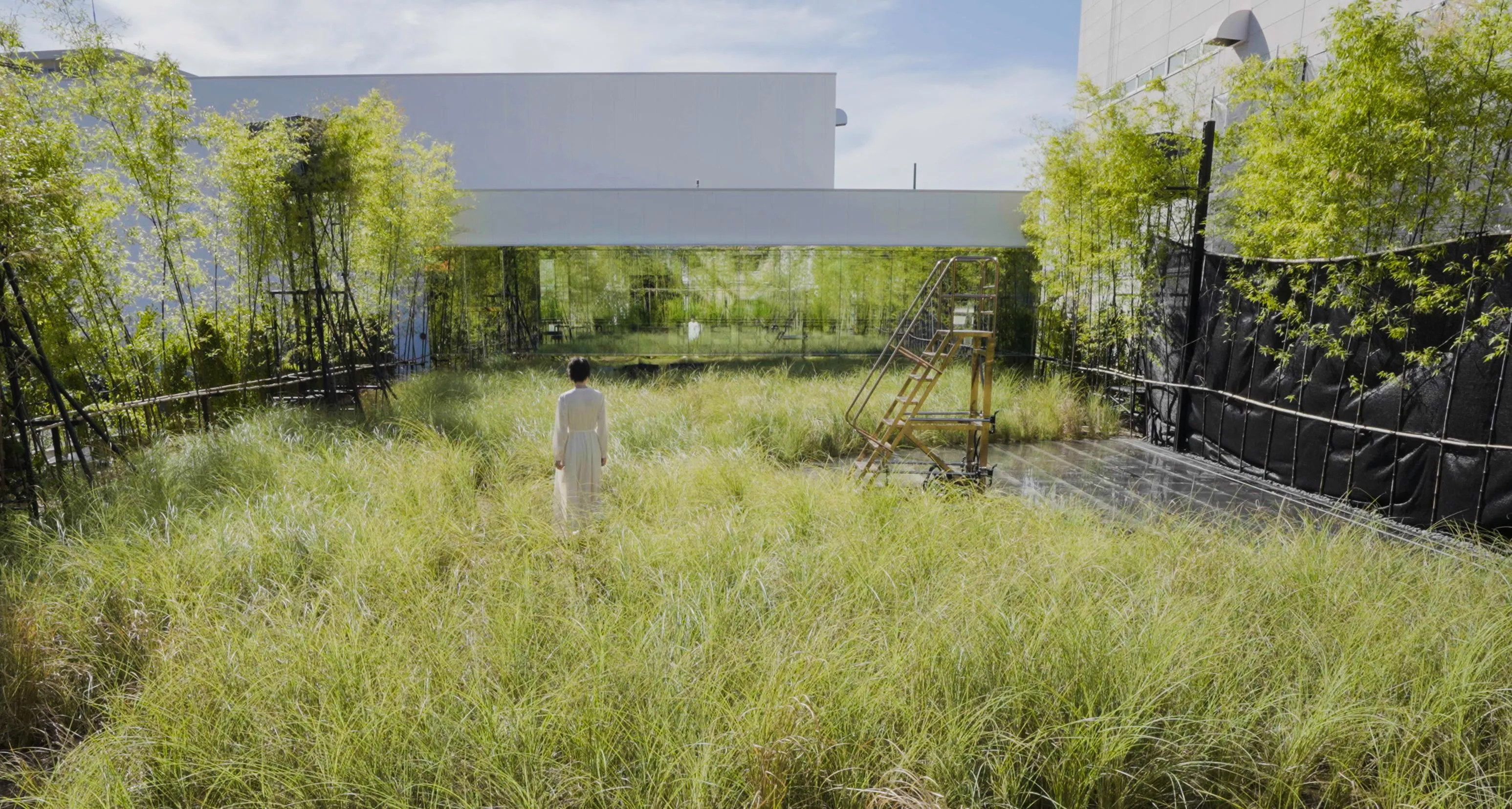
2024.10.05(Sat) - 상설
Higashiosaka, Osaka
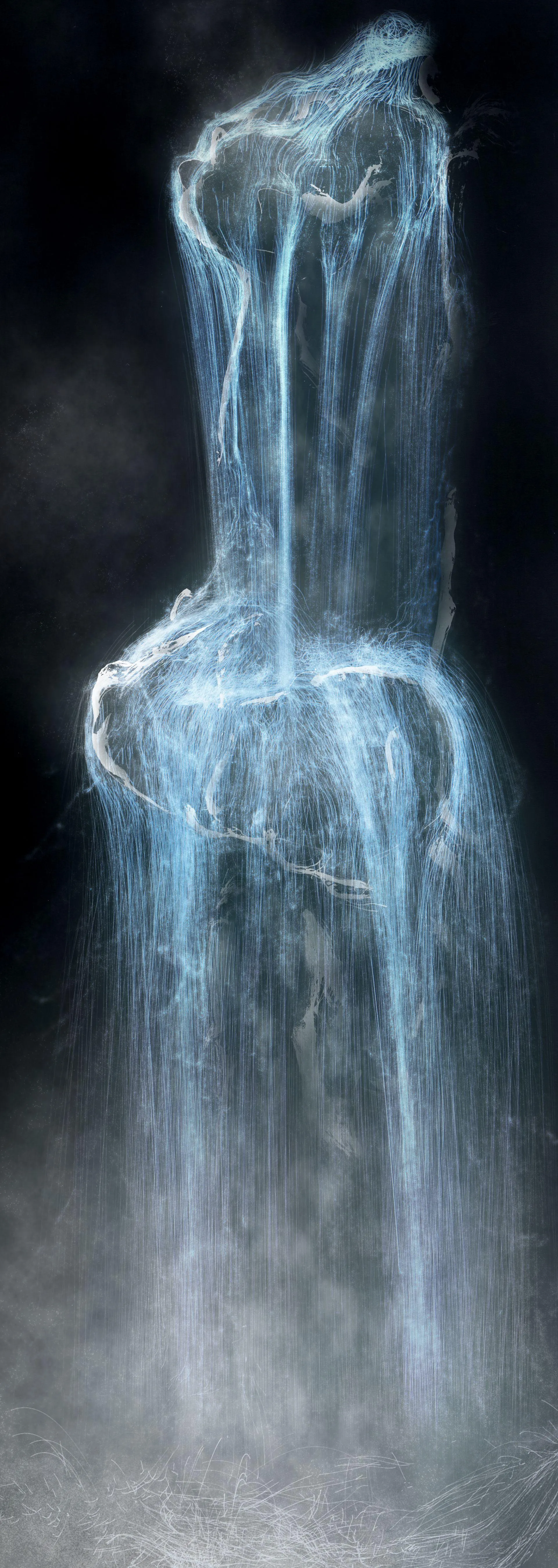
2015.7.24(Fri) - 상설
DOJIMA RIVER FORUM, Osaka
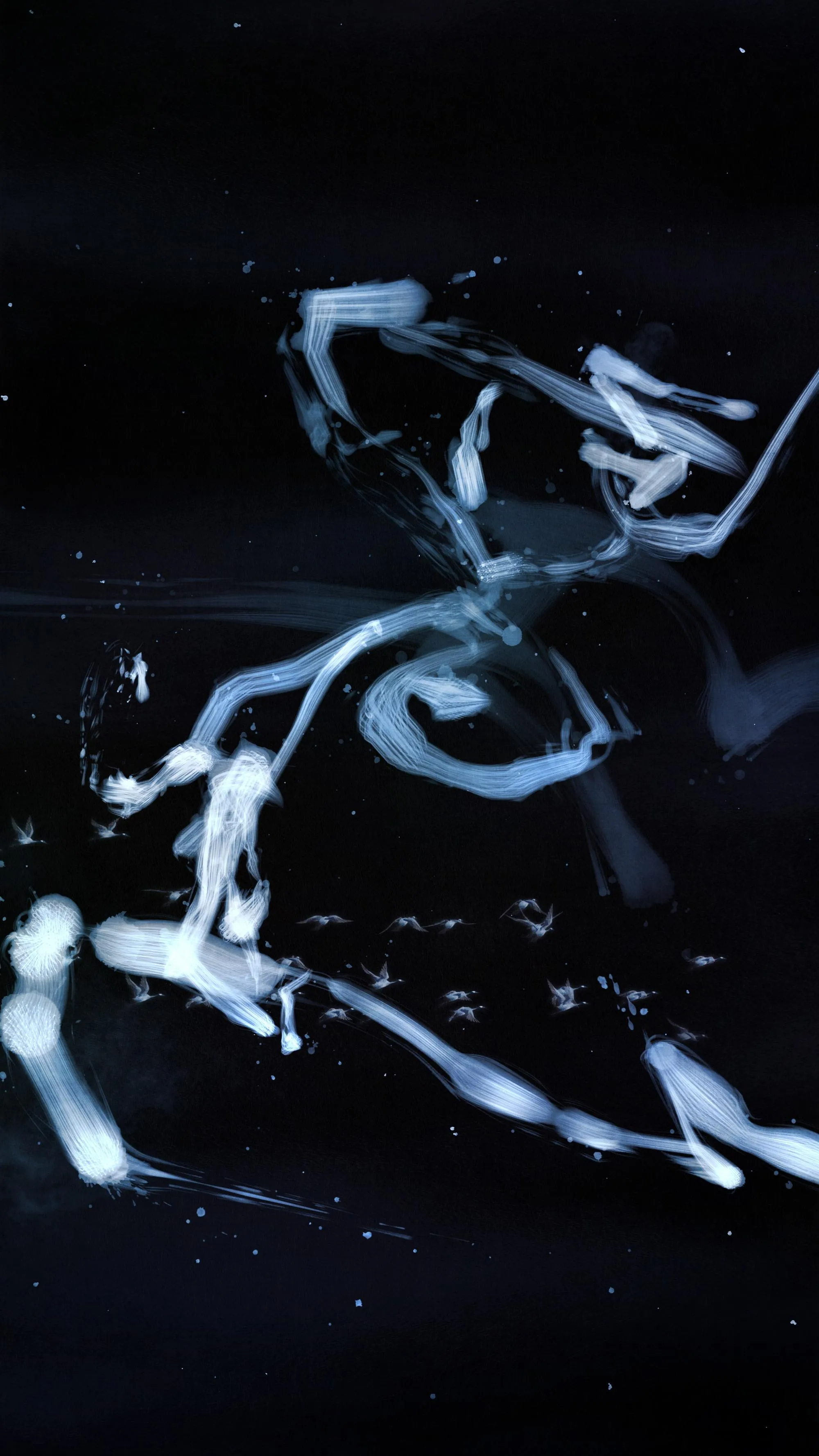
2019.7.24(Wed) - 상설
Osaka International Airport (Itami) SAKURA LOUNGE, Osaka
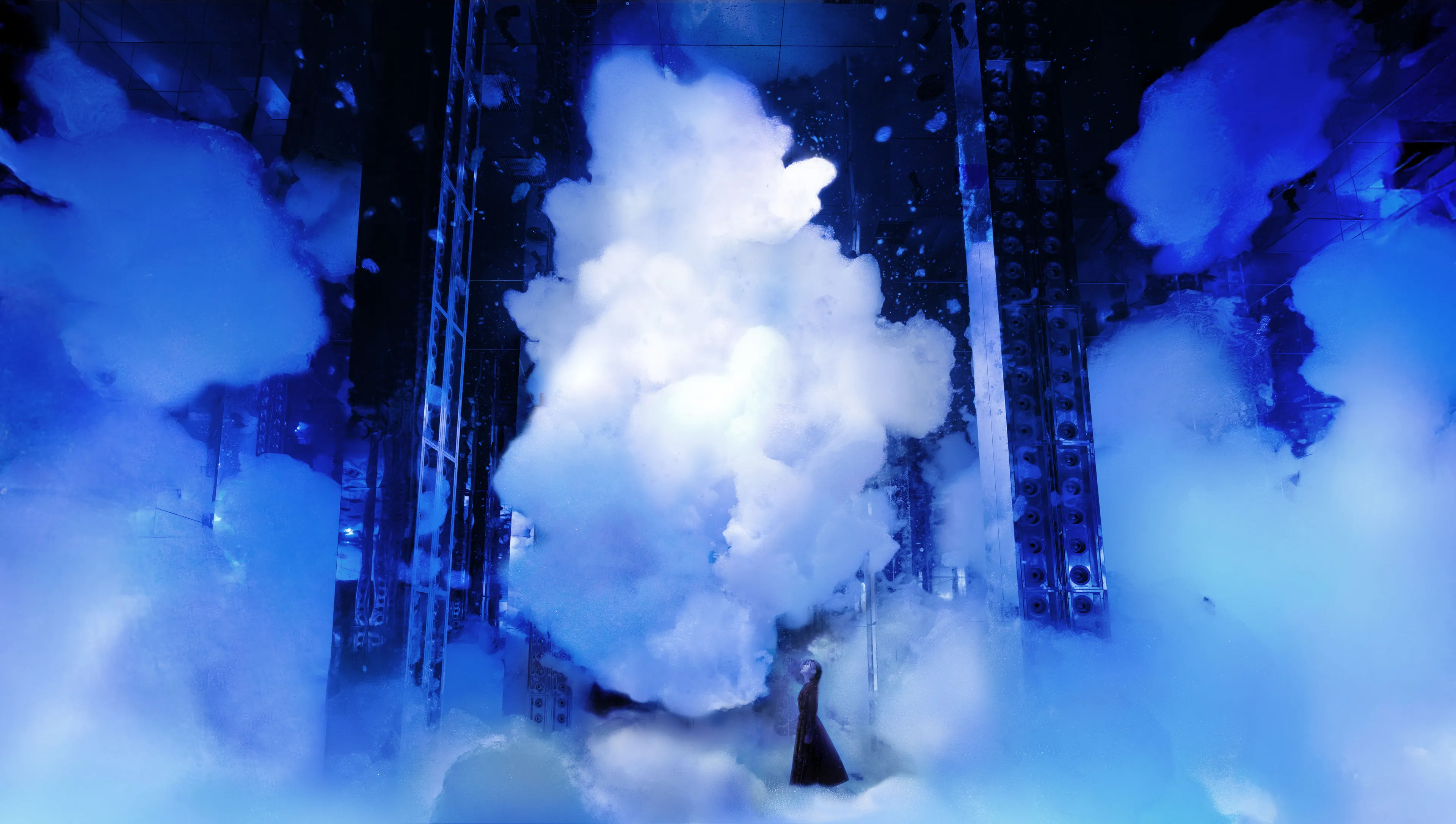
2025.10.07(Tue) - 상설
Kyoto
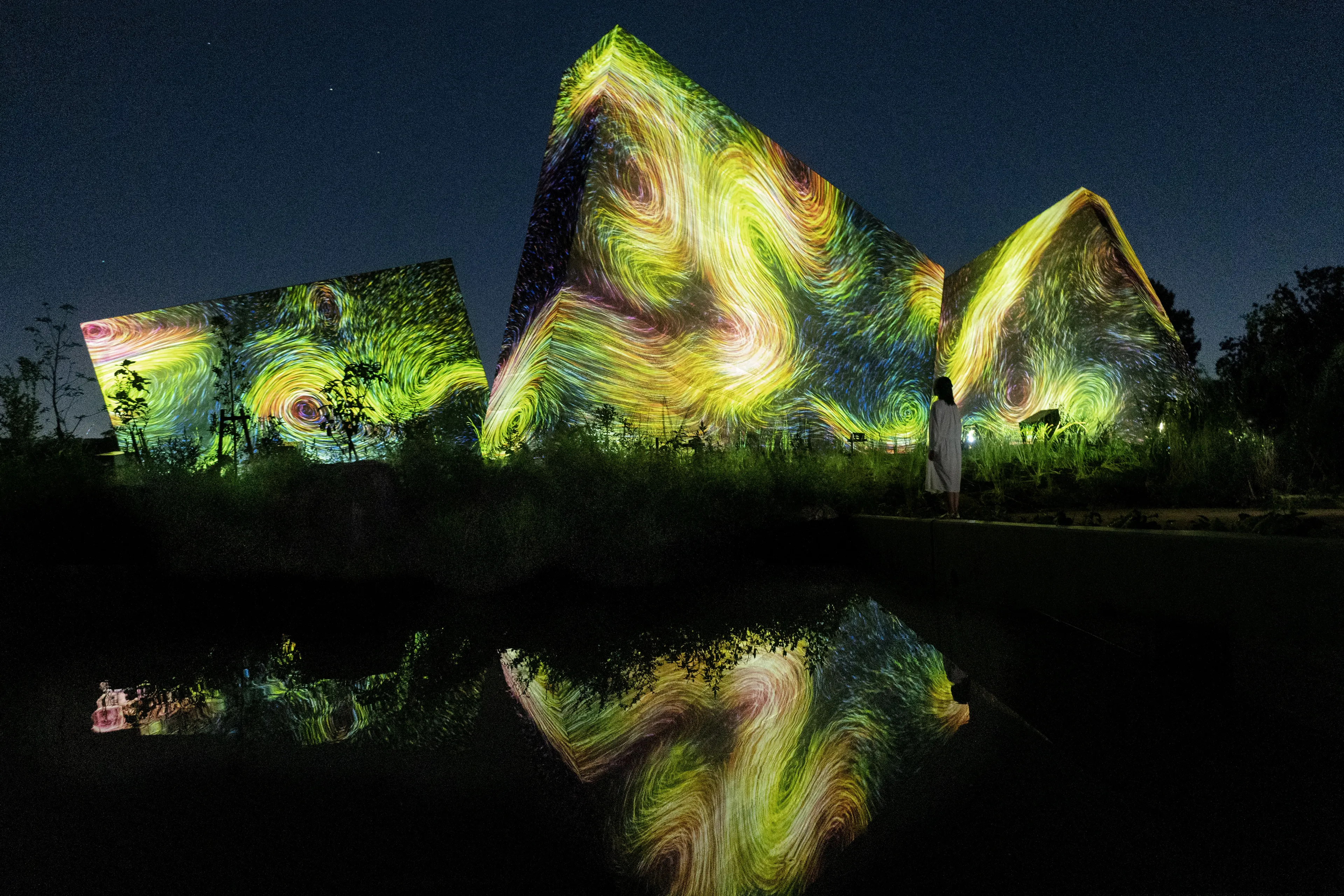
2022.7.29(Fri) - 상설
Nagai Botanical Garden, Osaka
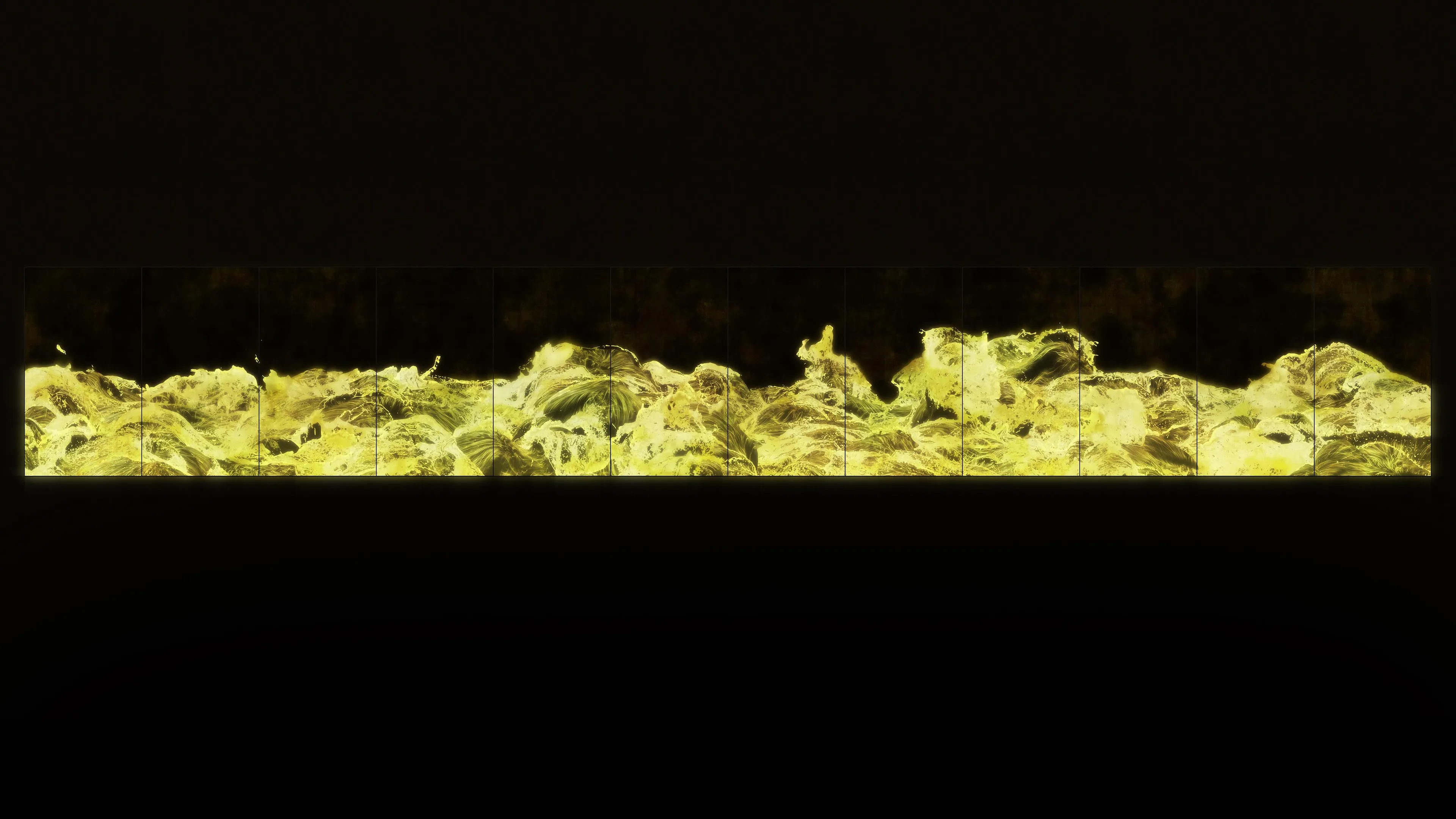
2018.5.18(Fri) - 상설
Osaka University Arts, Osaka